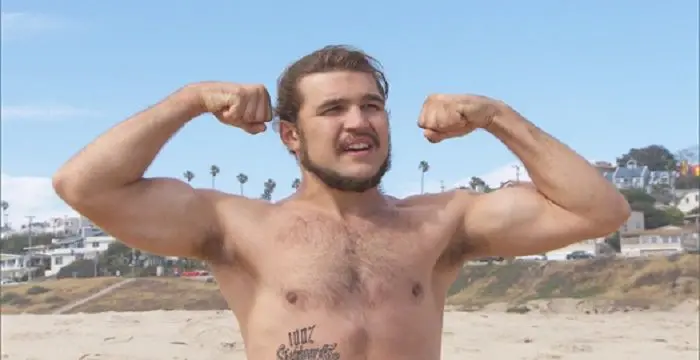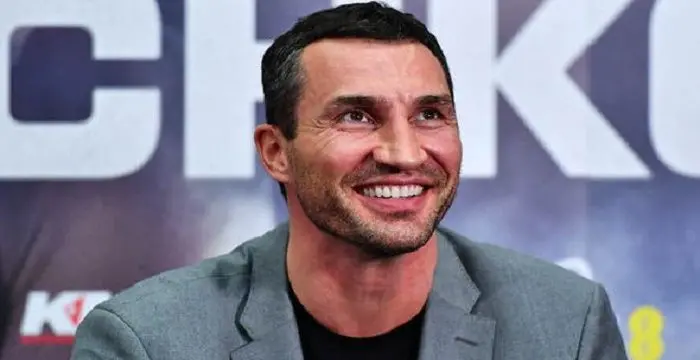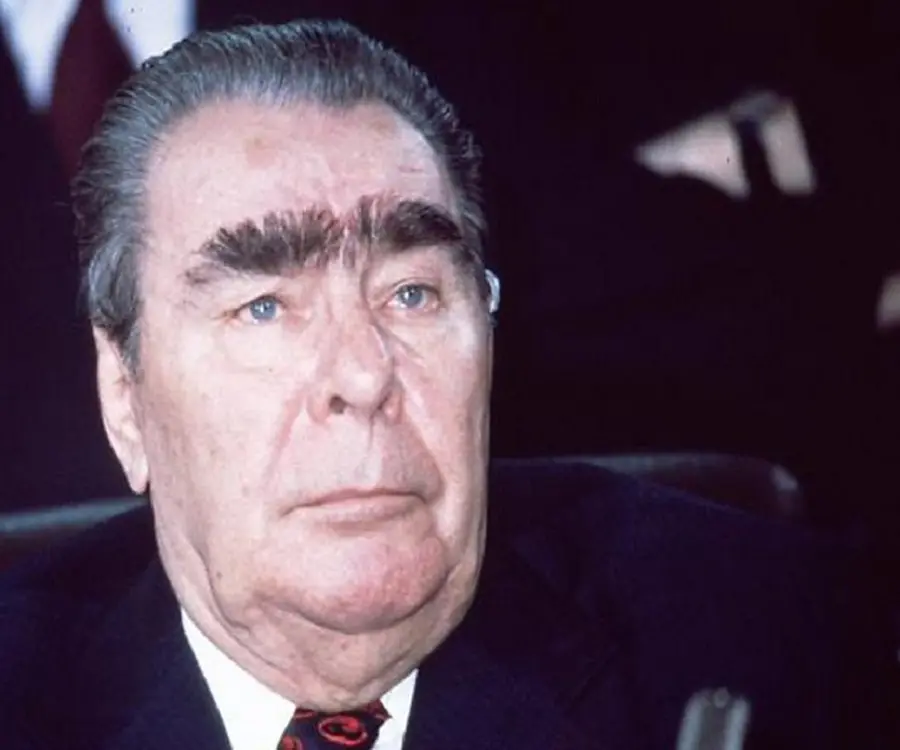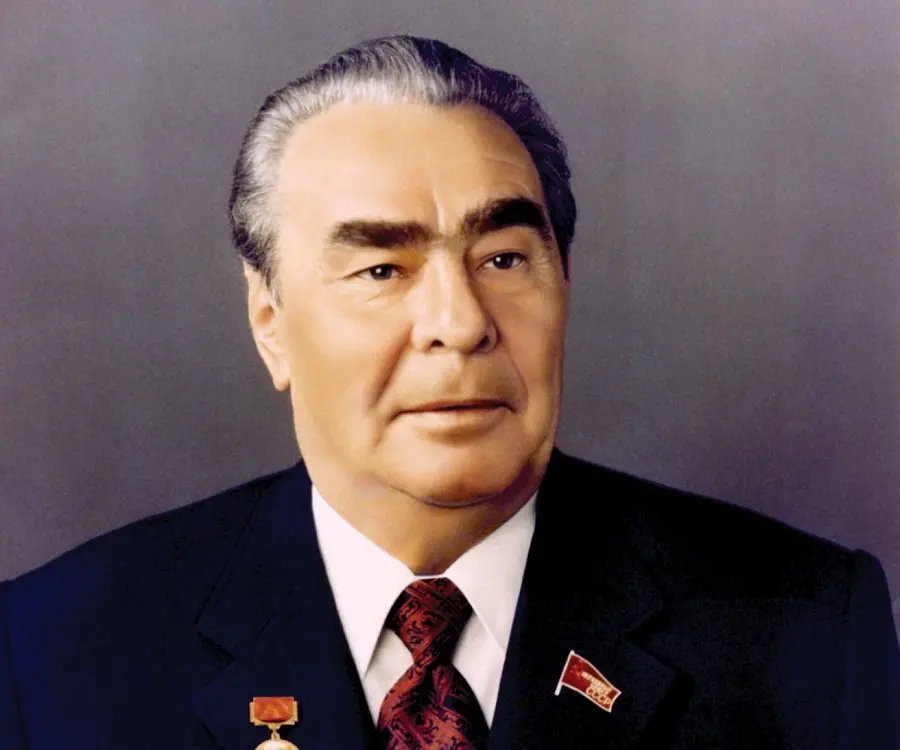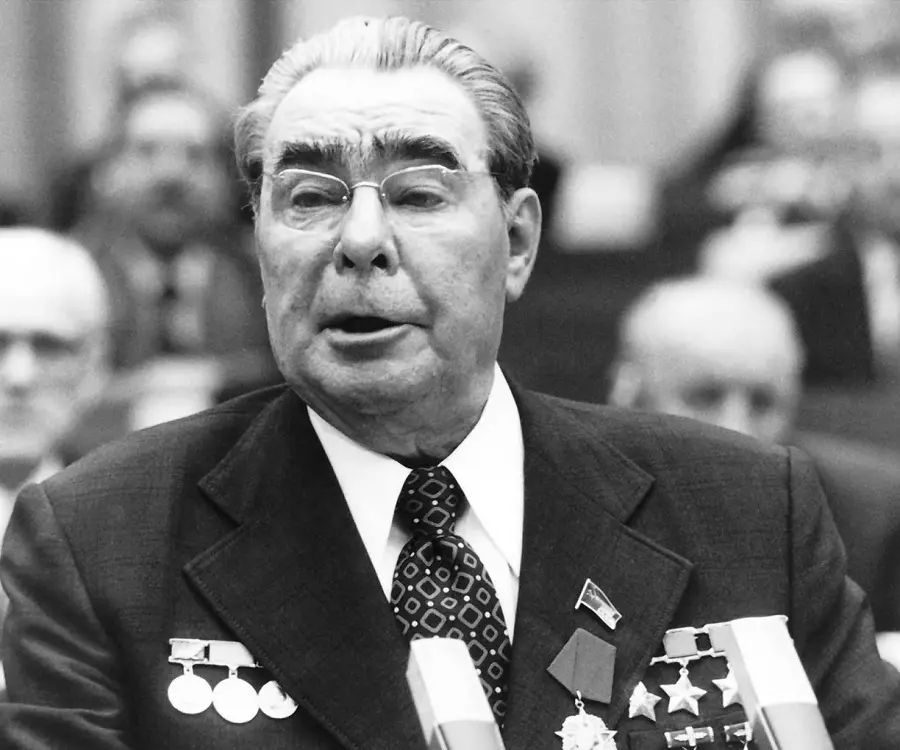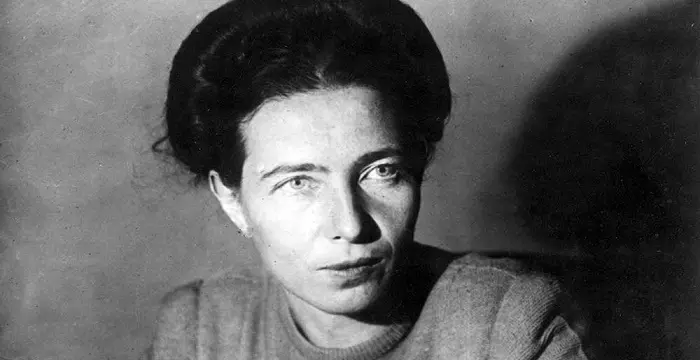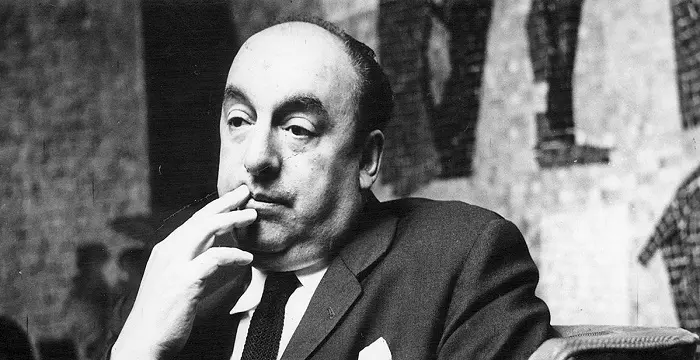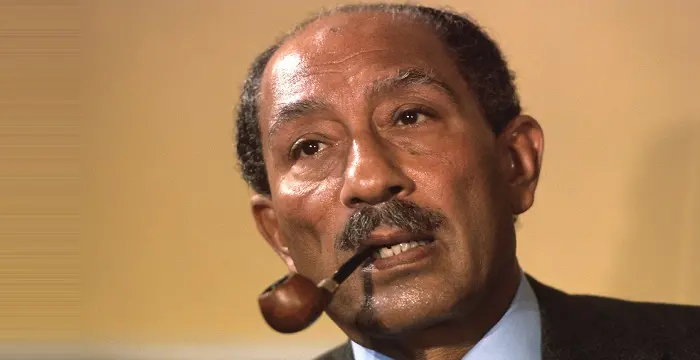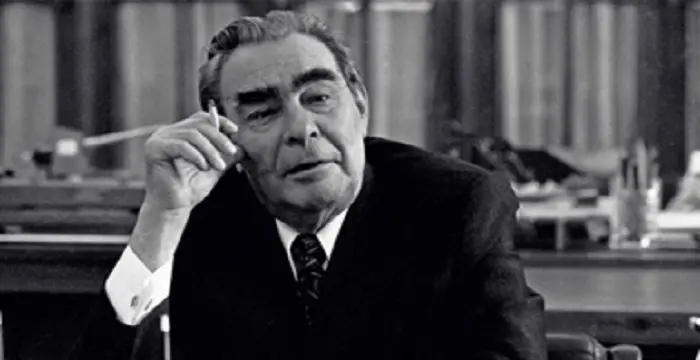
Leonid Brezhnev - Ukrainian Men, Timeline and Family
Leonid Brezhnev's Personal Details
Leonid Brezhnev was a leader of the Soviet Union
| Information | Detail |
|---|---|
| Birthday | December 19, 1906 |
| Died on | November 10, 1982 |
| Nationality | Russian, Ukrainian |
| Famous | Communists, Leaders, Political Leaders, Ukrainian Men |
| Ideologies | Communists |
| Spouses | Viktoria Brezhneva |
| Siblings | Vera, Yakov |
| Childrens | Galina Brezhneva, Yuri Brezhnev |
| Birth Place | Kamenskoe, Yekaterinoslav Governorate, Russian Empire |
| Born Country | Ukraine |
| Political Ideology | Communist Party of the Soviet Union |
| Height | 173 |
| Gender | Male |
| Father | metalworker Ilya Yakovlevich Brezhnev |
| Mother | Natalia Denisovna |
| Sun Sign | Sagittarius |
| Born in | Kamenskoe, Yekaterinoslav Governorate, Russian Empire |
| Died at Age | 75 |
// Famous Ukrainian Men
Richard Sandrak
Richard Sandrak, better known as Little Hercules, is a martial artist, bodybuilder and actor. This biography profiles his childhood, family, achievements and some interesting facts.
Wladimir Klitschko
Wladimir Klitschko is a renowned heavyweight professional boxer from Ukraine. This biography profiles his childhood, family, personal life, career, etc.
Vasyl Lomachenko
Vasyl Lomachenko is a Ukrainian professional boxer who is the current WBA (Super) and 'The Ring' lightweight champion. Check out this biography to know about his birthday, childhood, family life, achievements and fun facts about him.
Leonid Brezhnev's photo
Who is Leonid Brezhnev?
Leonid Brezhnev was a Communist Party official and a statesman of the former Soviet Union. He served as the leader of the Soviet Union for eighteen years. Due to his initiatives, the Soviet Union acquired an equal position with the US in the field of strategic nuclear weapons. Under his leadership, the Soviet Union achieved remarkable success in its space programme. Unfortunately, the agriculture, consumer-goods industries and health care sectors experienced shortage of funds due to excessive importance given to defence and aerospace industries. He played an active role in the removal of Khruschev from power. It was the same Khruschev whom he regarded his mentor in politics. The praiseworthy feature of his character was that he was a team player and used to take political decisions after consulting with his colleagues. He played a crucial role in normalizing relation between West Germany and maintaining a peaceful relation with the United States by employing his policy of détente. He is blamed for marking the beginning of an era of economic stagnation in which serious problems were overlooked which ultimately led to the disintegration of the Soviet Union. It is assumed that his political activities were responsible for spreading corruption and discrimination within the Soviet bureaucracy during the later parts of 1970s and early 1980s.
// Famous Political Leaders
Edi Rama
Edi Rama is the current Prime Minister of Albania. Check out this biography to know about his childhood, life, achievements, works & timeline.
Khalifa bin Zayed Al Nahyan
Sheikh Khalifa bin Zayed Al Nahyan is the current President of the United Arab Emirates (UAE). Check out this biography to know about his birthday, childhood, family life, achievements and fun facts about him.
Leo Varadkar
Cam Leo Varadkar is the current Taoiseach—the Prime Minister—of the Republic of Ireland. Check out this biography to know about his childhood, family life, achievements and other facts about his life.
Childhood & Early Life
He was born to Ilya Yakovlevich Brezhnev, a metalworker, and Natalia Denisovna in Kamenskoe (presently Dniprodzerzhynsk, Ukraine). Leonid Brezhnev witnessed a civil war during his childhood days.
After the Russian Revolution of 1917, he received a technical education, first in land management and then in metallurgy.
He joined the Communist Party youth organization, the Komsomol in 1923. This organisation used to express its opposition against the idea of possessing private property.
After graduating from the Dniprodzerzhynsk Metallurgical Technicum in 1935, he started working as a metallurgical engineer in the iron and steel industry, in Ukraine. But he left engineering field after a brief period to serve for the government and the party.
At that time, Soviet leader Joseph Stalin ordered peasant farmers to sell their surplus grain to the state instead of preserving it for themselves. To follow Stalin’s order, Leonid tortured the peasants to get their co-operation.
Career
From 1935 to 1936, he served his compulsory military period. Thereafter, he acted as a political commissar in a tank factory. It was in 1936, when he became director of the Dniprodzerzhynsk Metallurgical Technicum.
In the year 1936, he was transferred to the regional centre of Dnipropetrovsk. He acquired the position of an important party leader during the World War II.
At that time, he also served for the Soviet Red Army that used to work for the implementation of Stalin’s “Russification” policy. Gradually, he achieved the position of major general in this Army.
After leaving the service of Army in 1946, he devoted his time for party works. His election as the first secretary of the Central Committee of the Moldavian S.S.R. in 1950 brought him national recognition.
After two years, he visited Moscow to serve for Stalin in the Secretariat of the Central Committee of the Communist Party. After Stalin’s death in 1953, he was removed from the Secretariat.
After his removal, he was appointed at lower post in the Ministry of Defence. After that, he also served in the Central Committee of the Kazakh Republic, another insignificant post.
Due to his success as an administrator, he regained his position in the Secretariat in 1956. With the assistance of Nikita Khruschev, the new head of the Secretariat, he became the chairman of the Presidium of the Supreme Soviet in 1960.
He became an honorary citizen of Belgrade in 1962. In the following year, despite being loyal to Khrushchev, he played a significant role in a plan to remove Khrushchev, the First Secretary of the state, from power.
It was this year, when he acquired the position of Secretary of the Central Committee. As a result of this, Khrushchev made him Second Secretary in 1956 which was also equal to being the deputy party leader.
As part of his conspiracy against Khrushchev, Brezhnev, along with Nikolai Podgomy, appealed to the Central Committee and accused him for economic failure and immodest behaviour.
Due to Brezhnev’s political trick, Politburo members voted for the removal of Khrushchev from office. Khrushchev’s removal paved the way for Brezhnev to become the First Secretary of the state.
During 1966, he played a vital role in abolishing the Regional Economic Councils that used to manage the regional economies of the Soviet Union.
In 1968, he developed the Brezhnev doctrine to support the Soviet and their Warsaw pact allies’ invasion of Czechoslovakia. Due to his efforts, the Politburo discontinued Khrushchev’s decentralisation experiments.
After securing his position as a marshal of the Soviet Union in 1976, he forced Podgomy to retire from his post and became the Chairman of the Presidium of the Supreme Soviet of the Soviet Union in May 1977.
In 1979, he reached an agreement with Jimmy Carter on a new bilateral strategic arms limitation treaty, known as SALT II. The United States chose not to ratify the treaty in response to the Soviet invasion of Afghanistan, which took place in December 1979.
Personal Life & Legacy
In 1928, he got married to Viktoria Brezhneva with whom he had two children namely Galina and Yuri.
In the last decade of his life, he encountered many health issues including heart problems.
He passed away at the age of 79 as a result of a heart attack.
To honour his memory, the Soviet Union organized a state funeral and a five-day period of mourning. Dressed in his Marshal’s uniform, his body was buried in the Kremlin Wall Necropolis in Red Square.
Trivia
This powerful statesman had a penchant towards medals and he owned more than hundred medals. That is why, during his burial, his body was dressed in his Marshal’s uniform along with all of his medals.
// Famous Communists
Simone de Beauvoir
Simone de Beauvoir was an eminent French writer, intellectual, activist, and philosopher. This biography profiles her childhood, life, thoughts, achievements and timeline.
Karl Marx
Karl Marx was a Prussian-German philosopher, revolutionary, historian and socialist whose communist ideologies and works laid the foundation for ‘Marxism’. Explore this biography to learn more about his childhood, life achievements, works & timeline.
Pablo Neruda
Pablo Neruda was a Chilean poet, politician and Nobel laureate. Go through this biography to learn more about his profile, childhood, life and timeline.
Leonid Brezhnev's awards
| Year | Name | Award |
|---|---|---|
Other | ||
| 0 | Lenin Peace Prize | |
Leonid Brezhnev biography timelines
- // 19th Dec 1906He was born to Ilya Yakovlevich Brezhnev, a metalworker, and Natalia Denisovna in Kamenskoe (presently Dniprodzerzhynsk, Ukraine). Leonid Brezhnev witnessed a civil war during his childhood days.
- // 1917After the Russian Revolution of 1917, he received a technical education, first in land management and then in metallurgy.
- // 1923He joined the Communist Party youth organization, the Komsomol in 1923. This organisation used to express its opposition against the idea of possessing private property.
- // 1928In 1928, he got married to Viktoria Brezhneva with whom he had two children namely Galina and Yuri.
- // 1935After graduating from the Dniprodzerzhynsk Metallurgical Technicum in 1935, he started working as a metallurgical engineer in the iron and steel industry, in Ukraine. But he left engineering field after a brief period to serve for the government and the party.
- // 1935 To 1936From 1935 to 1936, he served his compulsory military period. Thereafter, he acted as a political commissar in a tank factory. It was in 1936, when he became director of the Dniprodzerzhynsk Metallurgical Technicum.
- // 1936In the year 1936, he was transferred to the regional centre of Dnipropetrovsk. He acquired the position of an important party leader during the World War II.
- // 1946 To 1950After leaving the service of Army in 1946, he devoted his time for party works. His election as the first secretary of the Central Committee of the Moldavian S.S.R. in 1950 brought him national recognition.
- // 1953After two years, he visited Moscow to serve for Stalin in the Secretariat of the Central Committee of the Communist Party. After Stalin’s death in 1953, he was removed from the Secretariat.
- // 1956 To 1960Due to his success as an administrator, he regained his position in the Secretariat in 1956. With the assistance of Nikita Khruschev, the new head of the Secretariat, he became the chairman of the Presidium of the Supreme Soviet in 1960.
- // 1956It was this year, when he acquired the position of Secretary of the Central Committee. As a result of this, Khrushchev made him Second Secretary in 1956 which was also equal to being the deputy party leader.
- // 1962He became an honorary citizen of Belgrade in 1962. In the following year, despite being loyal to Khrushchev, he played a significant role in a plan to remove Khrushchev, the First Secretary of the state, from power.
- // 1966During 1966, he played a vital role in abolishing the Regional Economic Councils that used to manage the regional economies of the Soviet Union.
- // 1968In 1968, he developed the Brezhnev doctrine to support the Soviet and their Warsaw pact allies’ invasion of Czechoslovakia. Due to his efforts, the Politburo discontinued Khrushchev’s decentralisation experiments.
- // 1976 To 1977After securing his position as a marshal of the Soviet Union in 1976, he forced Podgomy to retire from his post and became the Chairman of the Presidium of the Supreme Soviet of the Soviet Union in May 1977.
- // Jun 1979 To Dec 1979In 1979, he reached an agreement with Jimmy Carter on a new bilateral strategic arms limitation treaty, known as SALT II. The United States chose not to ratify the treaty in response to the Soviet invasion of Afghanistan, which took place in December 1979.
- // 10th Nov 1982He passed away at the age of 79 as a result of a heart attack.
// Famous Leaders
Edi Rama
Edi Rama is the current Prime Minister of Albania. Check out this biography to know about his childhood, life, achievements, works & timeline.
Tecumseh
Tecumseh was a Native American leader of the Shawnee clan. This biography profiles his childhood, life and timeline.
Khalifa bin Zayed Al Nahyan
Sheikh Khalifa bin Zayed Al Nahyan is the current President of the United Arab Emirates (UAE). Check out this biography to know about his birthday, childhood, family life, achievements and fun facts about him.
Anwar Sadat
Anwar Sadat was the third President of Egypt and has been awarded the Nobel Prize for his peace initiatives. To know more about his childhood, career, profile and timeline read on the following biography.
Leo Varadkar
Cam Leo Varadkar is the current Taoiseach—the Prime Minister—of the Republic of Ireland. Check out this biography to know about his childhood, family life, achievements and other facts about his life.
Swami Vivekananda
Swami Vivekananda was the chief disciple of Sri Ramakrishna, and was responsible for awakening India spiritually. Check this biography to know in detail about his life, profile and timeline.
Leonid Brezhnev's FAQ
What is Leonid Brezhnev birthday?
Leonid Brezhnev was born at 1906-12-19
When was Leonid Brezhnev died?
Leonid Brezhnev was died at 1982-11-10
Where was Leonid Brezhnev died?
Leonid Brezhnev was died in Moscow, Russian SFSR, Soviet Union
Which age was Leonid Brezhnev died?
Leonid Brezhnev was died at age 75
Where is Leonid Brezhnev's birth place?
Leonid Brezhnev was born in Kamenskoe, Yekaterinoslav Governorate, Russian Empire
What is Leonid Brezhnev nationalities?
Leonid Brezhnev's nationalities is Russian, Ukrainian
What is Leonid Brezhnev ideologies?
Leonid Brezhnev's ideologies is Communists
Who is Leonid Brezhnev spouses?
Leonid Brezhnev's spouses is Viktoria Brezhneva
Who is Leonid Brezhnev siblings?
Leonid Brezhnev's siblings is Vera, Yakov
Who is Leonid Brezhnev childrens?
Leonid Brezhnev's childrens is Galina Brezhneva, Yuri Brezhnev
What is Leonid Brezhnev's political ideology?
Leonid Brezhnev's political ideology is Communist Party of the Soviet Union
How tall is Leonid Brezhnev?
Leonid Brezhnev's height is 173
Who is Leonid Brezhnev's father?
Leonid Brezhnev's father is metalworker Ilya Yakovlevich Brezhnev
Who is Leonid Brezhnev's mother?
Leonid Brezhnev's mother is Natalia Denisovna
What is Leonid Brezhnev's sun sign?
Leonid Brezhnev is Sagittarius
